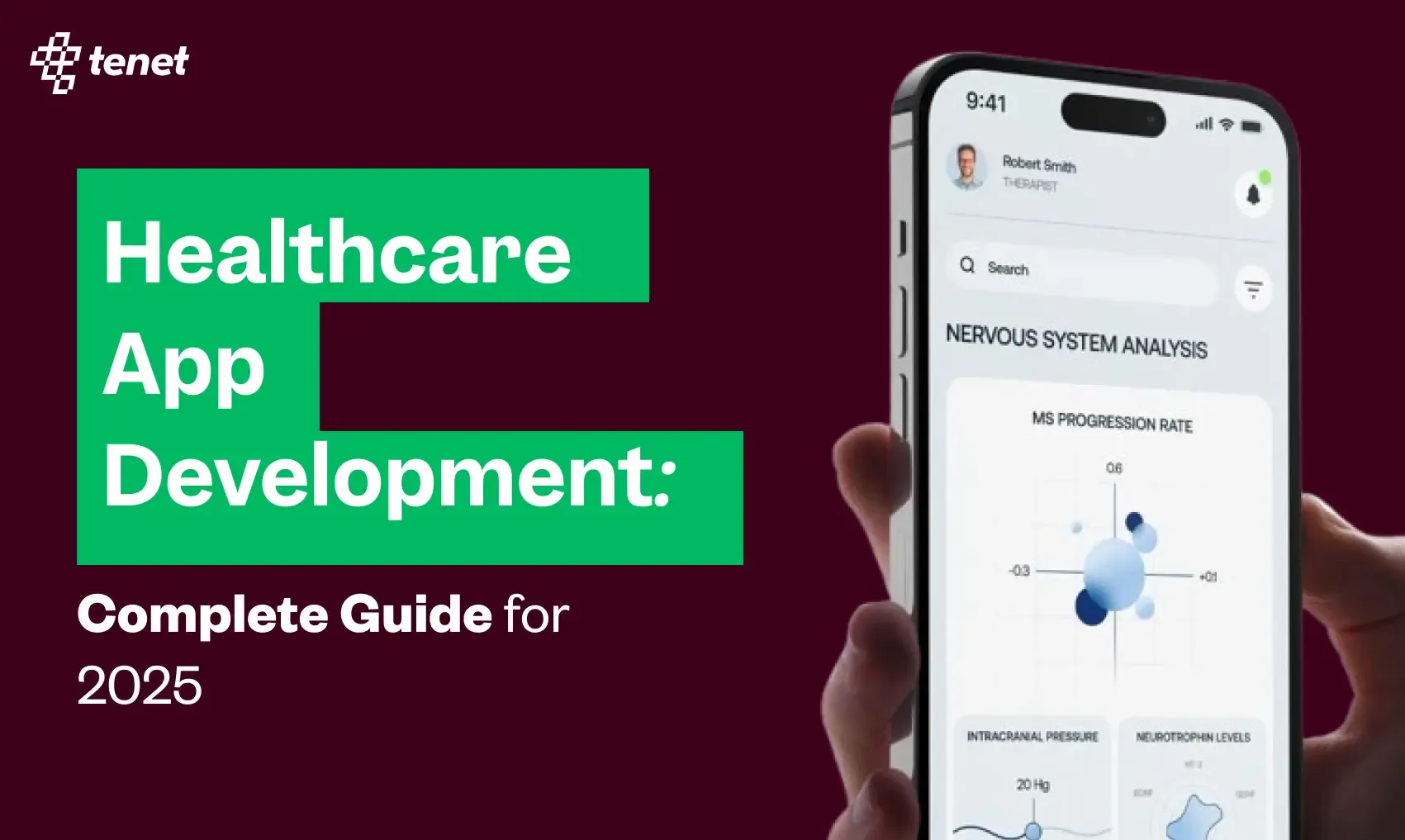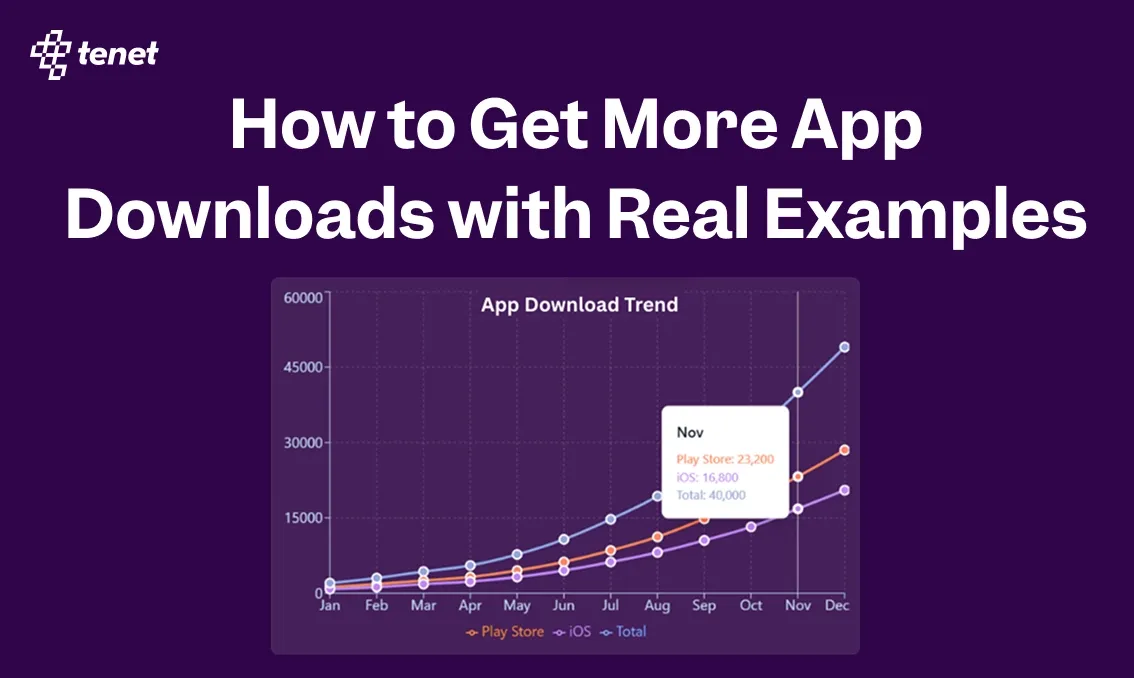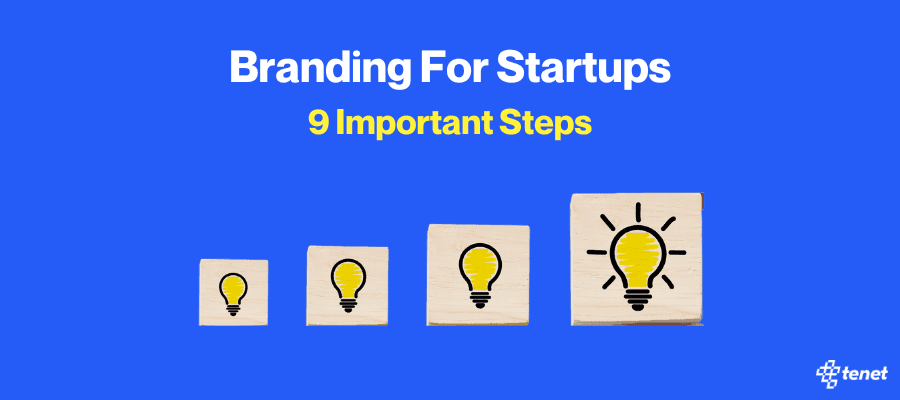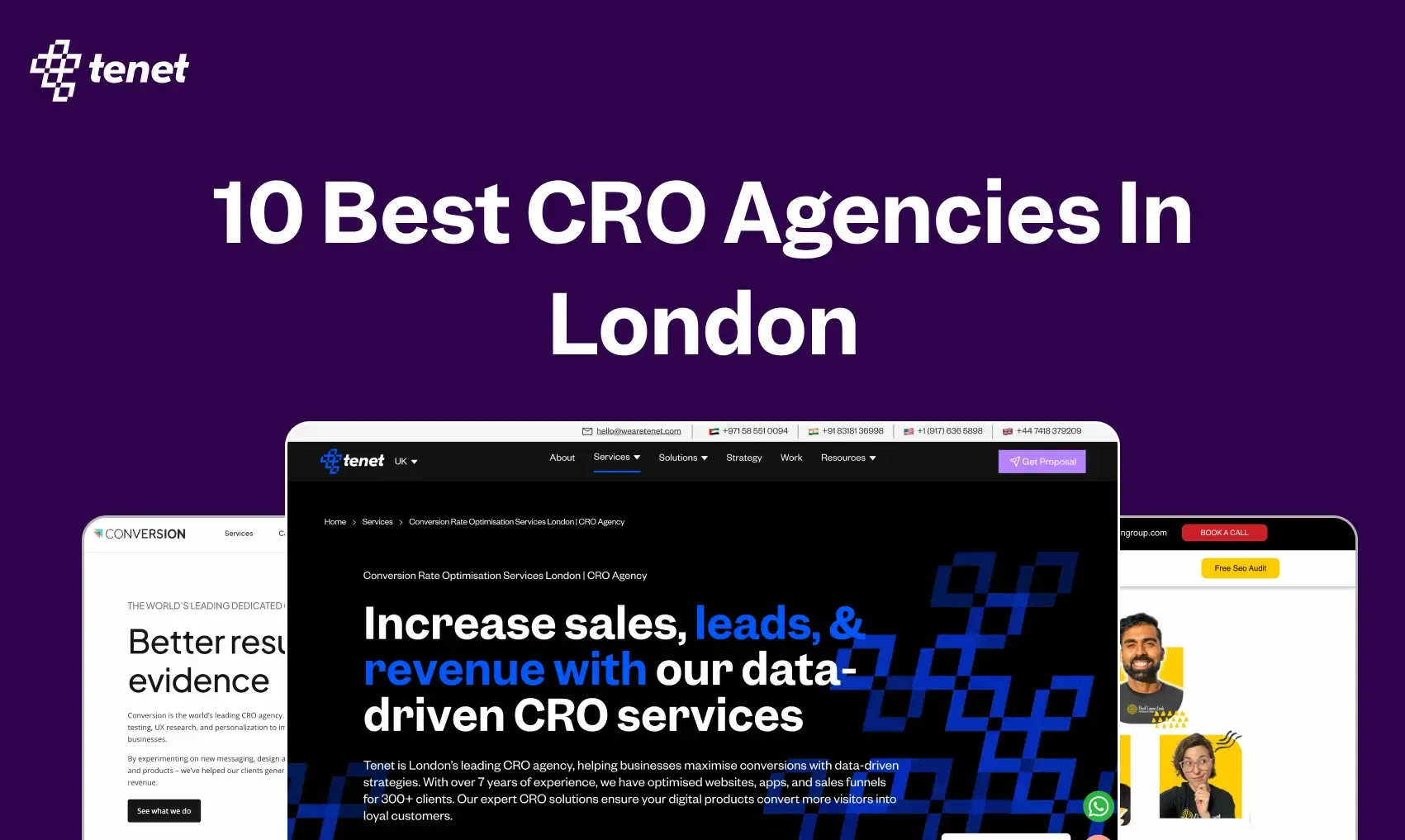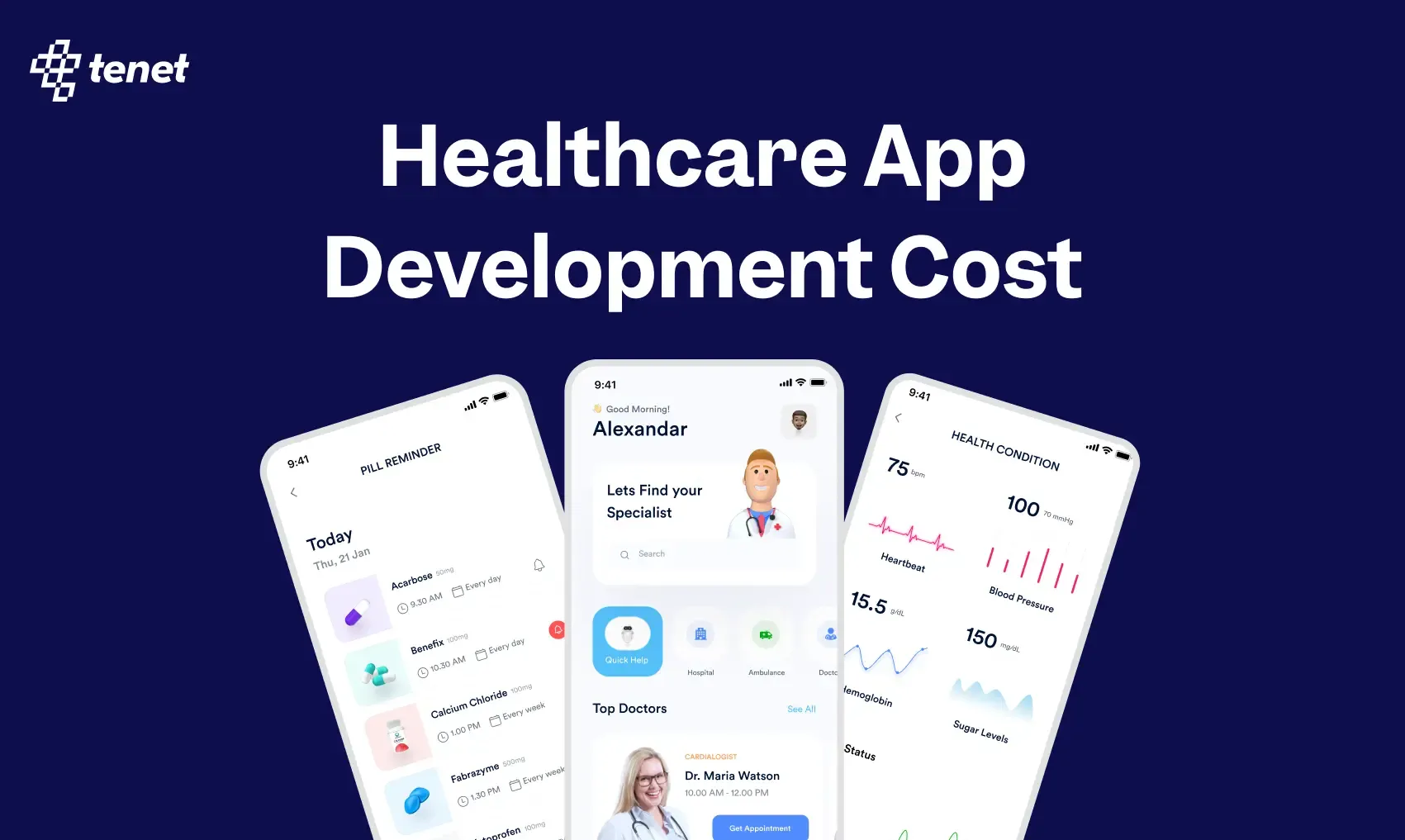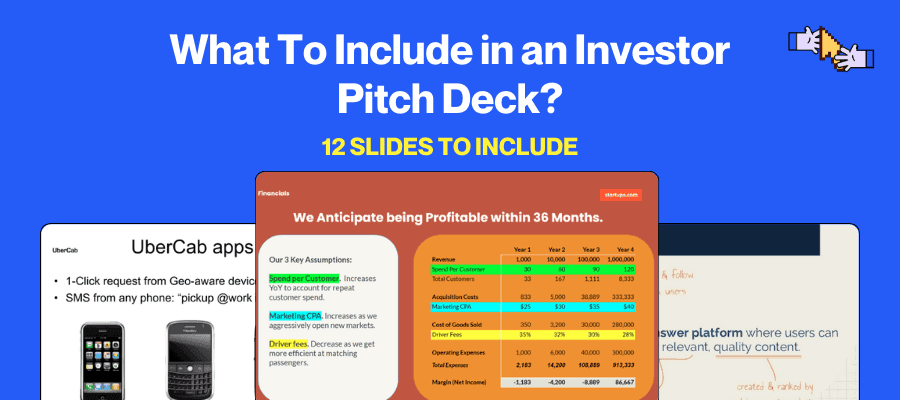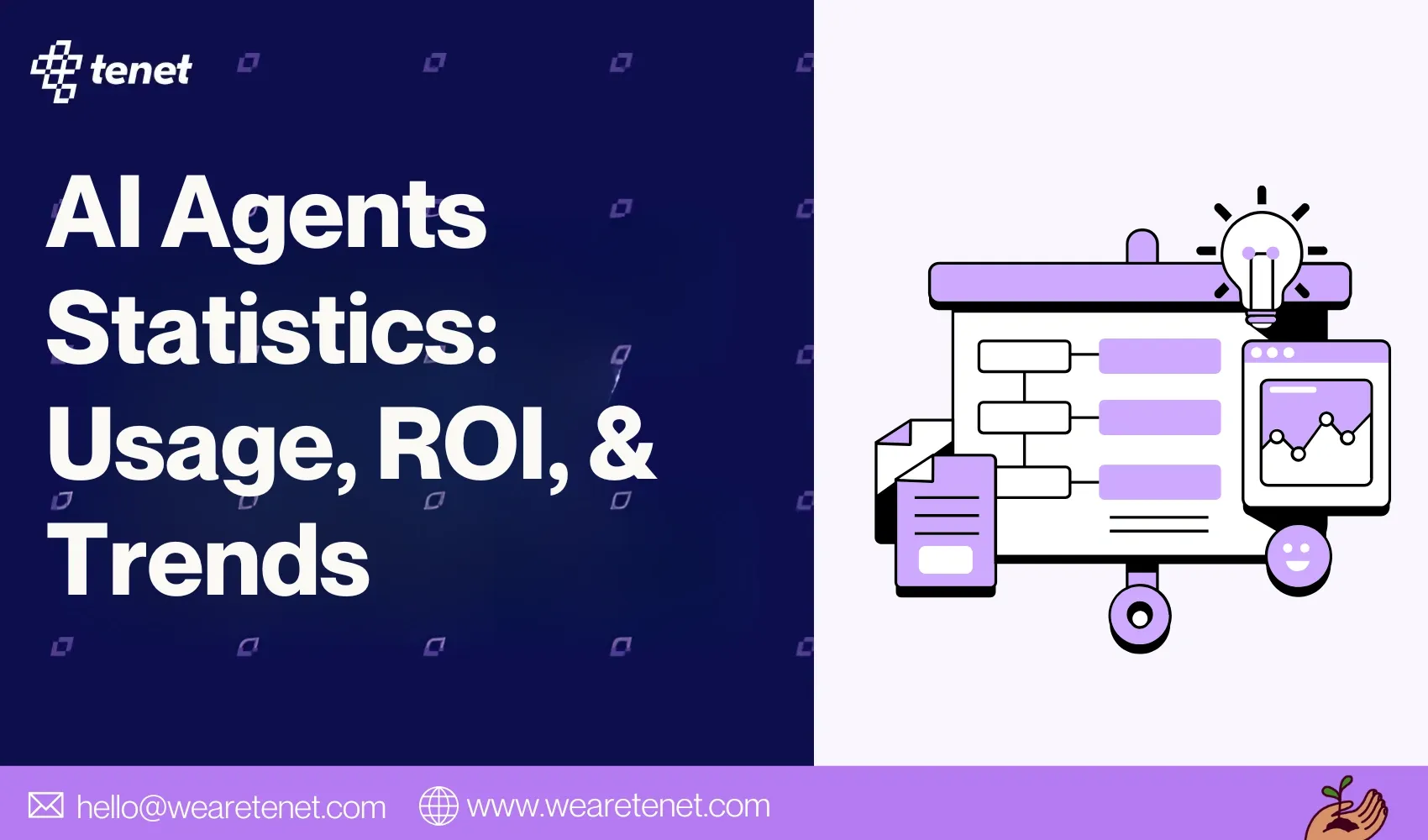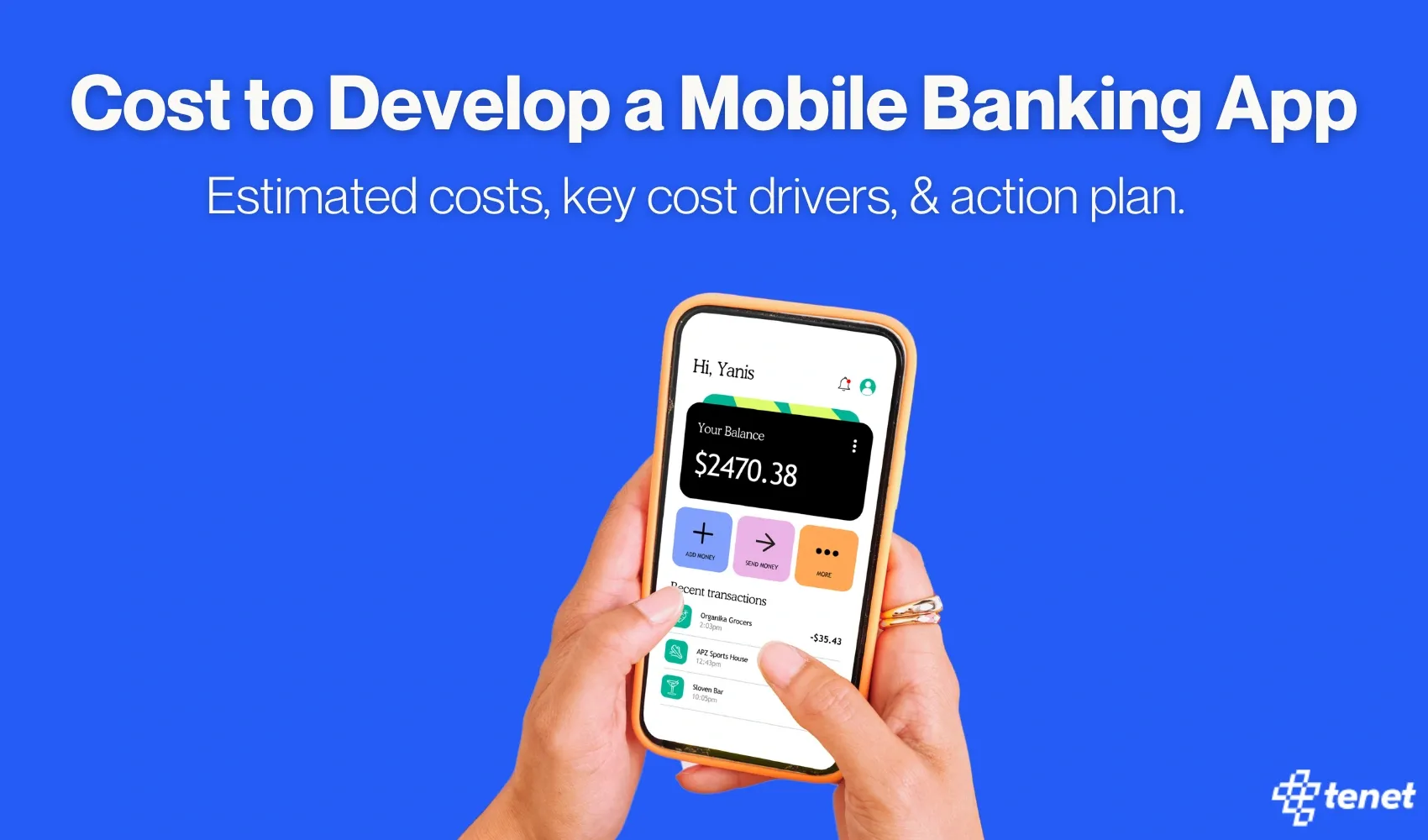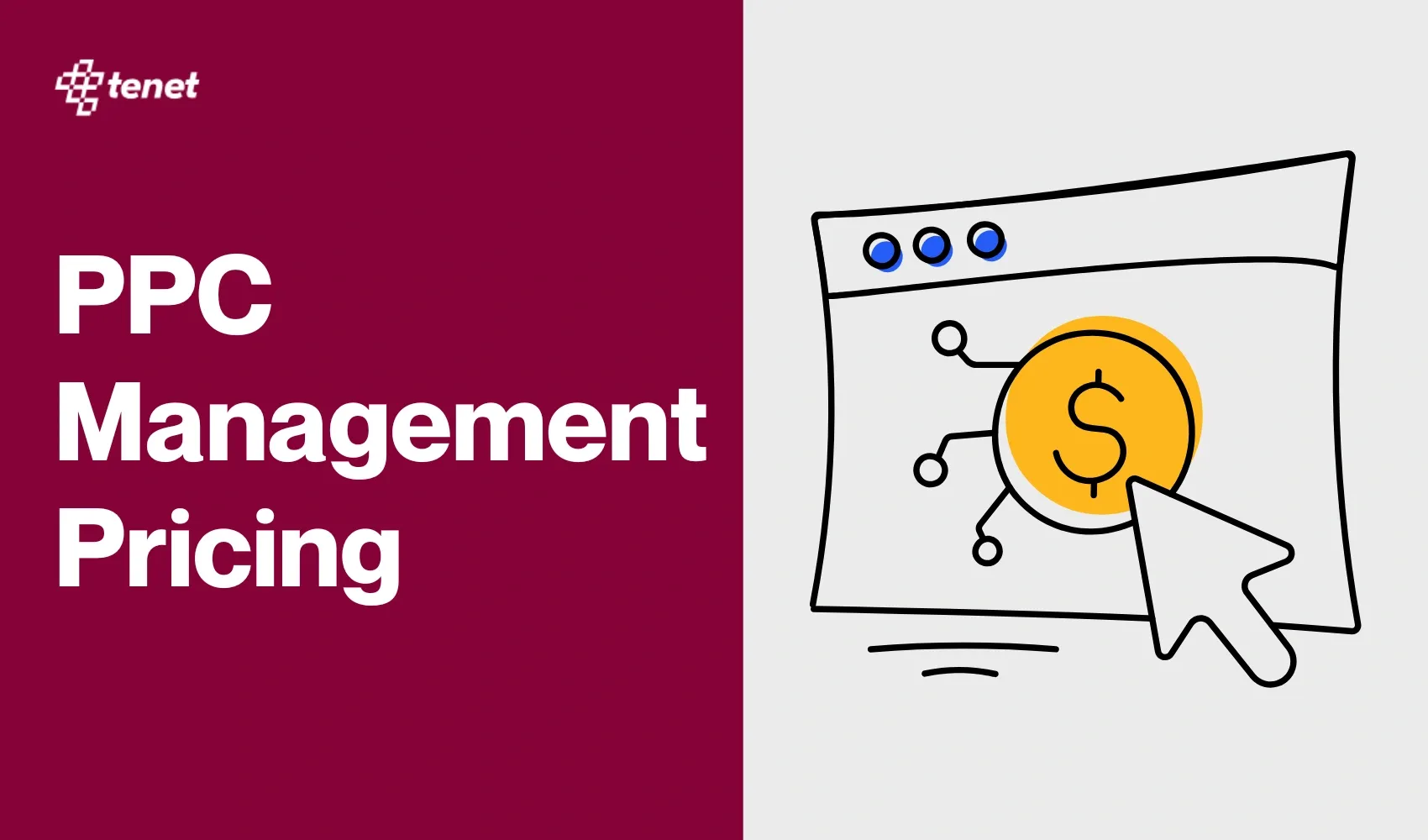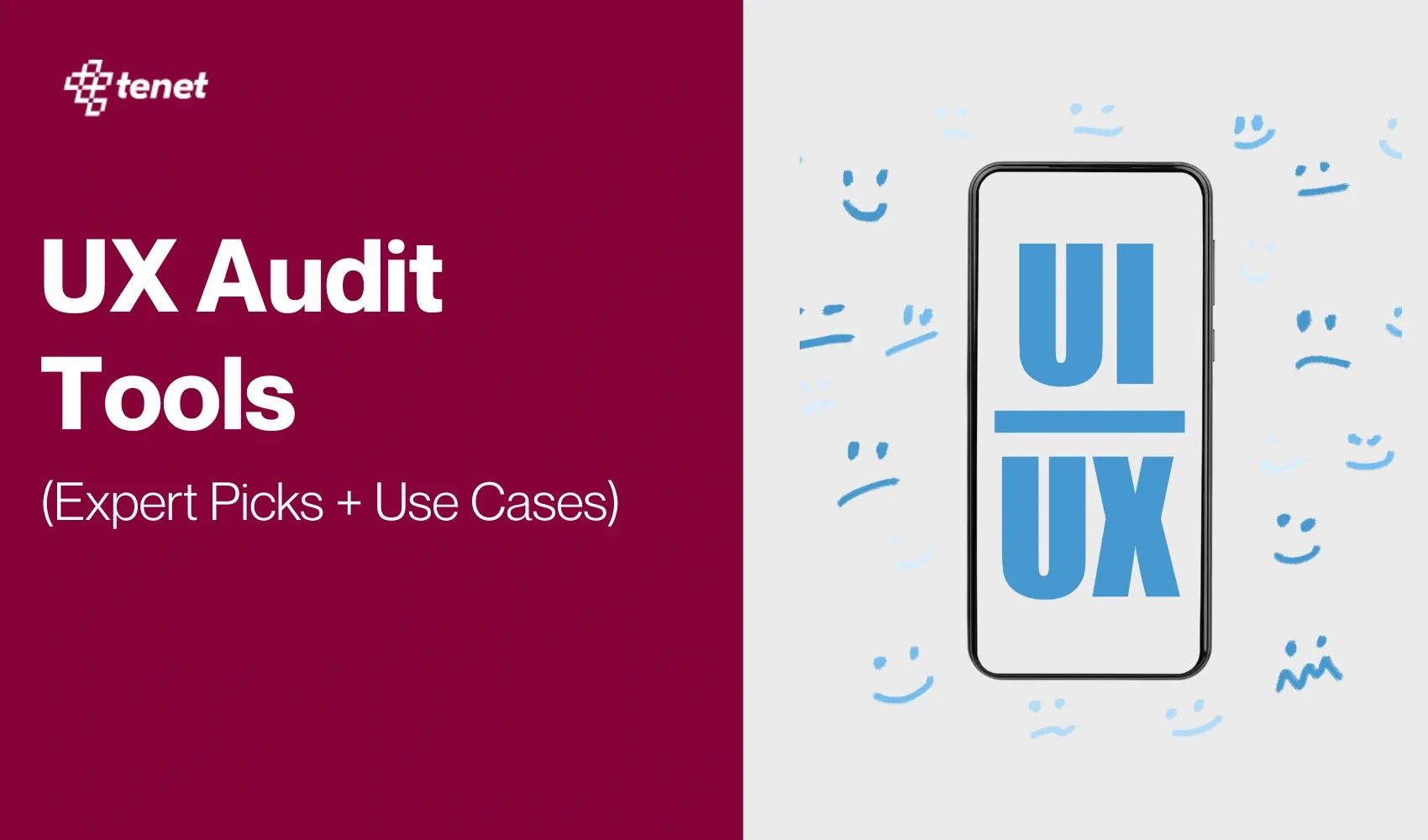Product Development Outsourcing: What it is & How to Plan?
Share
Share

Want to build a product without hiring an in-house team from scratch?
This guide breaks down how product development outsourcing works, what models exist, how much it costs, and how long it takes.
Whether you're launching an MVP or scaling an existing product, you'll get a full view of what to expect and how to do it right.
What is product development outsourcing?
Product development outsourcing is when a company hires external experts to handle the design, building, testing, and launch of their digital product instead of hiring a full in-house team.
Instead of assembling an in-house team from scratch, businesses can plug into an outsourced team that already includes:
- Engineers (who write and optimize the code),
- Designers (who shape the user interface and experience),
- QA testers (who catch bugs and ensure quality), and
- Project managers (PMs) who keep everything on track and aligned with goals.
This approach is popular in fast-moving industries like SaaS, fintech, healthtech, and eCommerce, where speed and specialization can be the difference between scaling and stalling.
Many confuse software development outsourcing with product development outsourcing, but they’re not the same.
If you're thinking about SaaS outsourcing, Tenet can help at every step. Here are key development services we assist:
- Digital Product Design Services
- SaaS Development Company
- Leading Cross-Platform App Development services
- Custom eCommerce Development Company
- Custom CMS Development Services
- SaaS Development services
- iOS App Development services
👉 Request a free proposal for product development outsourcing.
Why outsource product development?
Outsourcing product development might seem like a big decision, but it's a strategy that can make your product launch smoother, faster, and more cost-efficient.
Let’s break it down so you understand exactly how outsourcing can work for your business.
1. Access to the Right People
Great engineers, designers, and product managers are expensive and hard to find. Outsourcing gives you access to a global talent pool without spending 3–6 months recruiting.
Over 64% of tech companies use outsourcing to find specific expertise they can't hire fast enough.
How to use this:
Partner with outsourcing firms that specialize in the specific technologies or platforms your product requires, ensuring high-quality development.
👉 See our 40+ product development stats for 2025 to get a full picture of how teams are outsourcing smarter and faster this year.
2. Cost Efficiency
Yes, it’s more affordable. But the real value is in avoiding full-time overhead: salaries, benefits, office space, ramp-up time.
How to use this:
Choose outsourcing partners in regions with favorable economic conditions to maximize cost savings without compromising on quality.

This image shows the financial difference between outsourcing and in-house product development
3. Faster Time-to-Market
Companies that adopt agile outsourcing methodologies can reduce time-to-market by up to 35%
What is Agile outsourcing?
Traditional development waits until the whole product is built before launching. That’s risky and slow. Agile development, on the other hand, breaks your product into smaller parts (called sprints) and ships working features every 1–2 weeks.
This way, you get feedback early, fix fast, and launch quicker.
How to use this:
Ask your outsourcing partner if they follow agile practices like sprint planning, daily standups, retrospectives, and incremental releases. That ensures you’ll ship faster and respond to changes without delays.
4. Flexibility and Scalability
Outsourcing allows companies to adjust their workforce and resources to match changing demands easily.
Whether you need a small team for a short-term project or a larger team for a full-scale product launch, outsourcing allows you to adjust team size and resources without the complexity of hiring and firing in-house employees.
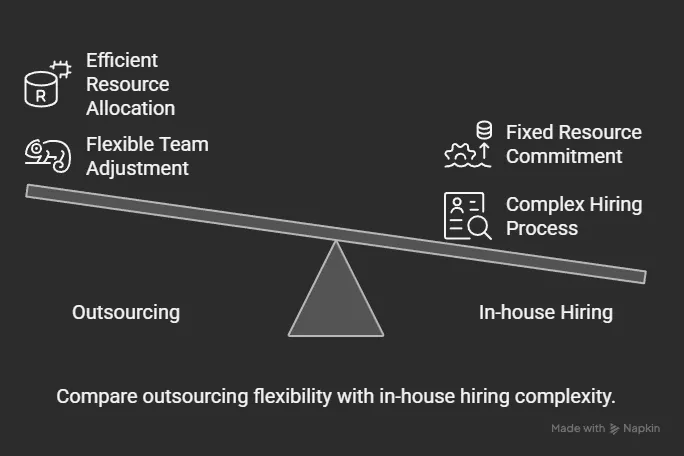
How to use this:
Engage with outsourcing partners that offer flexible team structures, enabling you to adjust resources as your project evolves.
5. Risk Mitigation
Outsourcing helps reduce the risks associated with hiring in-house staff, such as high turnover rates, recruitment challenges, and delays in the development process. Outsourcing partners are experienced in managing these risks for you.
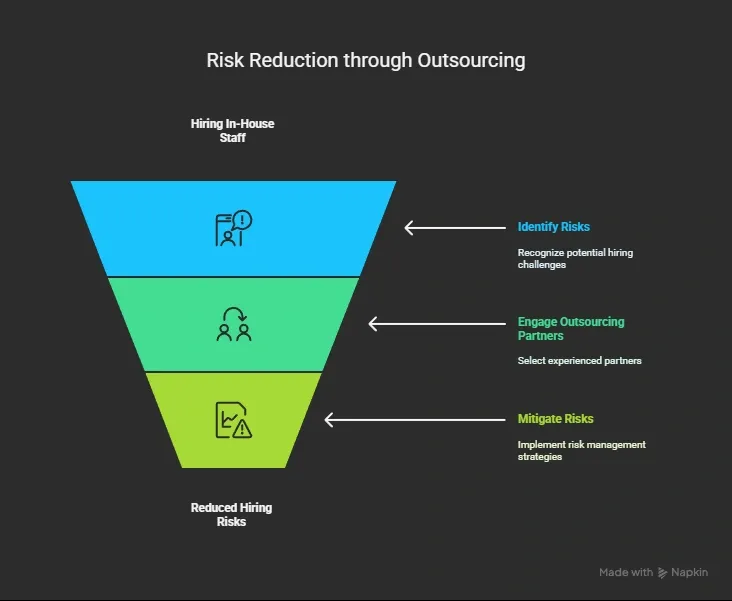
How to use this:
Collaborate with outsourcing partners who have a proven track record in managing and mitigating development risks.
6. Focus on Core Business
By outsourcing your product development, you can free up your internal team to focus on core activities like business strategy, customer acquisition, and innovation like, your internal team can focus on partnerships, pricing, and positioning, while the outsourced team ships features every sprint.
By outsourcing, you can redirect internal resources to higher-priority business functions that drive revenue, while the outsourcing team focuses on technical development.
In-house product development vs outsourced product development
Before you commit to building in-house or outsourcing, it’s worth asking: What does each model actually give you?
The best model depends on what you're optimizing for: speed, control, or cost. Here’s how they compare across key decision-making parameters:
1. Cost
In-house development requires a significant upfront and ongoing investment: salaries, benefits, recruitment, equipment, software licenses, and office space.
You also bear the full financial risk of delays or turnover.
Outsourcing, in contrast, follows a pay-as-you-scale model. You pay only for the work done. There are no hidden hiring costs or overheads.
Plus, outsourcing teams often come with their own infrastructure and tools, further reducing your spend.
Takeaway: If cost efficiency is your top priority, outsourcing wins, especially for startups or fast-growing companies that need to conserve capital.
2. Talent availability
Hiring in-house can take 3–6 months per role. Specialized roles (e.g., machine learning, mobile development) can take even longer. And once you hire, there’s a ramp-up period.
Outsourcing gives instant access to cross-functional teams with niche expertise: UX designers, backend engineers, QA testers, ready to start within days. Plus, you can scale up/down based on your needs.
Takeaway: If speed and specialization matter more than having a full-time bench, outsourcing gives you a competitive edge.
3. Time to market
In-house teams can deliver fast, but only if you already have the right people in place. Otherwise, recruitment, onboarding, and coordination can delay timelines.
Outsourcing accelerates time to market with pre-aligned teams who follow agile practices. Most outsourcing teams are used to fast-paced delivery, version releases, and cross-time zone collaboration.
Takeaway: If you’re trying to launch fast, outsourcing is likely the faster route, especially when using a ready-to-go team.
4. Scalability
In-house teams scale slowly. Every new headcount needs approval, recruitment, and onboarding. This can slow down product expansion or pivoting.
Outsourcing teams scale instantly. You can start with two developers and expand to ten within a week if the project scope grows.
Takeaway: Outsourcing provides elastic scalability, which is ideal when your roadmap or funding is uncertain.
5. Control and collaboration
In-house teams are physically closer (if not remote) and often feel more integrated with company culture and decision-making. You have greater real-time visibility.
With outsourcing, communication is usually async and structured. While some teams offer deep collaboration, you must invest in workflows (Slack, Jira, standups) to ensure control.
Takeaway: If cultural integration and real-time decision-making are a must, in-house is better. Otherwise, structured outsourcing teams can still deliver efficiently.
6. Long-term maintenance
In-house teams are great for continuous development and long-term iteration, especially if your product is complex and evolving.
Outsourcing works well for defined scopes (e.g., MVPs, feature releases). However, with the right partner, you can also build long-term retainers for full product ownership.
Takeaway: For long-term product ownership and iterations, a hybrid model (internal + outsourced) often works best.
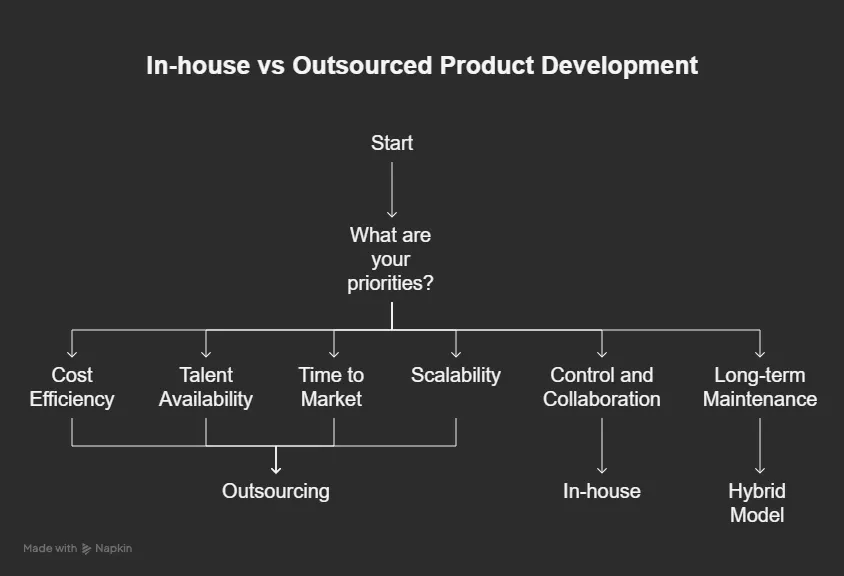
This visual represents what factors you should consider while choosing between in-house vs outsourced product development
👉 Here’s a chart to help you understand the differences between in-house product development team and outsourcing development:
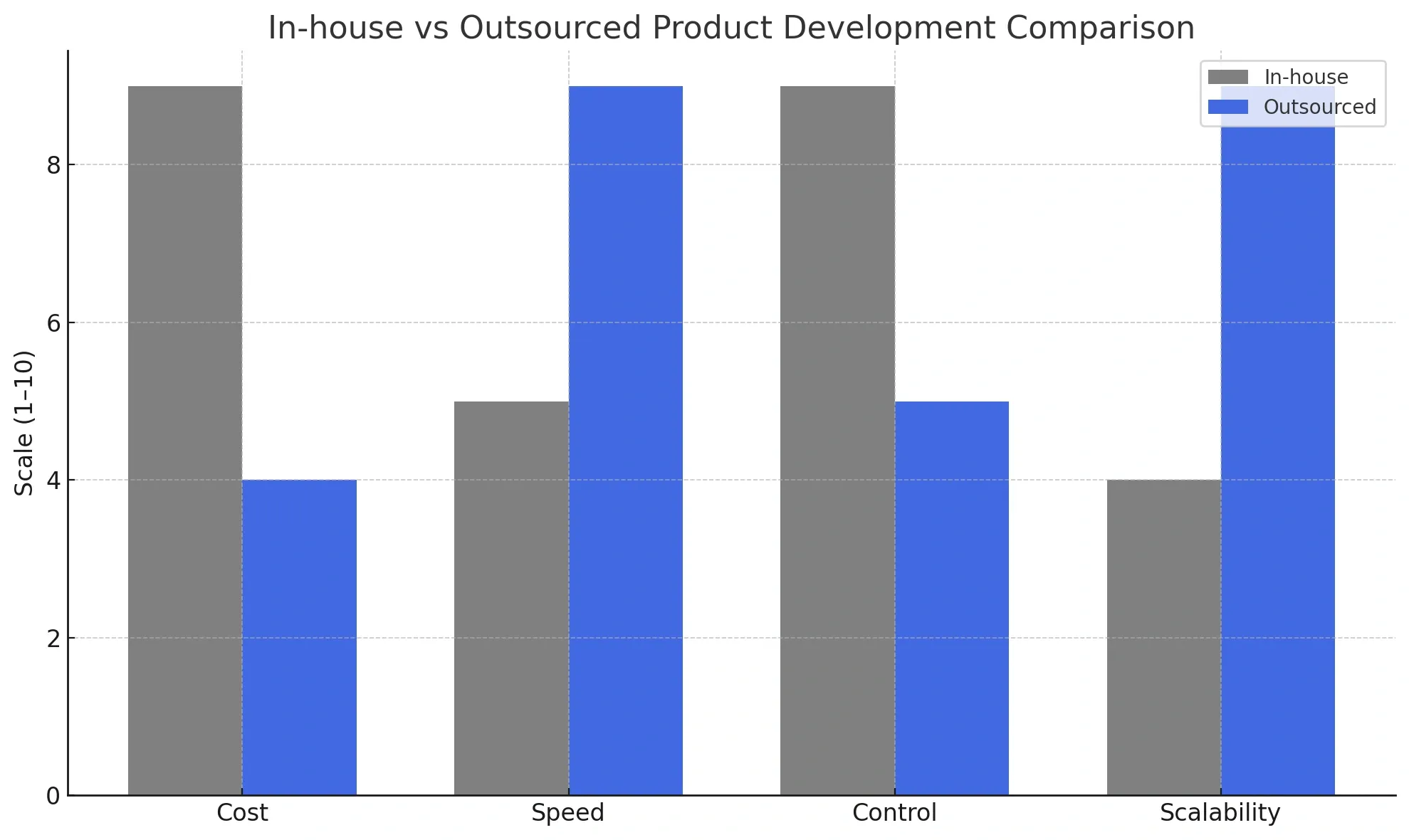
Product development outsourcing models
Choosing the right outsourcing model is a foundational decision, as it impacts everything from team structure to budget flexibility and delivery timelines. Here are the main outsourcing engagement models used in product development, along with real-world applications and considerations for each.
1. Time and Material (T&M)
In the Time and Material model, billing is based on the actual hours spent and resources used. This model works best for projects with evolving requirements, where flexibility is key. It’s commonly used for agile development environments, where features are added iteratively based on ongoing feedback.
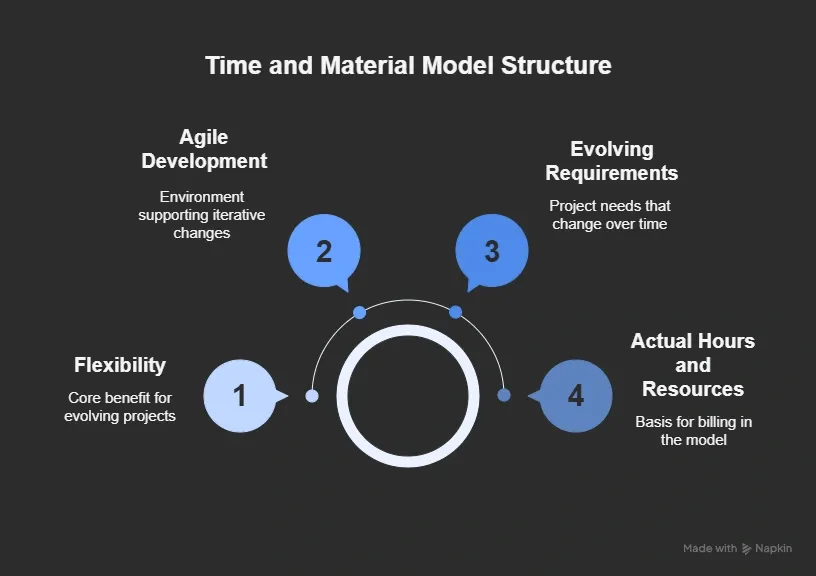
This image shows the factors that a company should consider while choosing the Time and Material (T&M) product development model
When to use:
- You’re building an MVP with fluid requirements
- Product-market fit is still being validated
- You want to iterate quickly without re-contracting every time
Considerations:
- Requires strong sprint planning and scope tracking
- Ideal for startups and early-stage products
2. Dedicated Team Model
This model provides you with a team that works exclusively on your product. Unlike staff augmentation, this team is managed by the service provider but collaborates closely with your internal stakeholders. It allows long-term stability while maintaining scalability.
When to use:
- You need a core tech team, but don't want to build one in-house
- Your product requires ongoing updates and support
- You're scaling and want to maintain consistency in team knowledge
Considerations:
- Monthly retainer or capacity-based pricing
- Usually includes a project manager or delivery lead for alignment
3. Fixed-Price Model
In this model, scope, timeline, and price are clearly defined before development begins. The partner is responsible for delivering the agreed scope within the fixed budget. It’s a low-variance model, but it works only when the scope is stable.

When to use:
- You have a detailed PRD or SOW
- You're developing a simple utility tool, landing page, or admin panel
- You want budget predictability over flexibility
Considerations:
- Any change in scope results in a change request
- Delays can occur if requirement gaps are discovered late
4. Staff Augmentation
This model allows you to hire external developers or specialists to fill specific gaps in your in-house team. They are managed by your internal team and work just like remote employees.
When to use:
- You already have a product and team, but need extra help temporarily
- You want to test developers before a long-term commitment
- You have experienced product managers in-house to lead delivery
Considerations:
- Requires strong internal management capacity
- Works well for bridging bandwidth during sprints or peak phases
5. Hybrid Model
This combines elements of two or more models above. For instance, you can start with a fixed-price MVP and then transition to a dedicated team for scale. This model offers a balance between control and cost-efficiency.
When to use:
- You’re launching a product in phases
- You want predictability early on and flexibility later
- You need design and development managed separately but in parallel
Considerations:
- Requires a clear transition plan between phases
- Works well when there’s a long-term roadmap
Each of these models comes with trade-offs based on how clearly your product is defined, how flexible your roadmap is, and how involved you want to be day-to-day.
Here's a detailed comparison to help you pick the model that aligns best with your current stage and priorities.
How much does product development outsourcing cost?
Outsourcing product development costs vary significantly based on the region, expertise level, and project complexity. As of 2025, hourly rates range from $15 to $200.
For instance, hiring a senior developer in the U.S. can cost between $100–$200 per hour, whereas in countries like India or Vietnam, rates for similar expertise range from $25–$50 per hour. These disparities are influenced by factors such as local living costs, demand for services, and the availability of skilled professionals.
Factors That Affect Outsourcing Rates
1. Taxation System
Tax policies and incentives can affect the overall cost of outsourcing. Some countries offer tax breaks or lower corporate taxes to attract foreign investment in the IT sector.
For example, Vietnam has been known to provide favorable tax policies for IT companies, potentially reducing the cost of outsourcing development services. In contrast, countries with higher corporate tax rates may have higher development costs.
2. Developer Expertise and Experience
The level of expertise and experience of developers directly influences their hourly rates. Junior developers typically charge lower rates, while senior developers with specialized skills command higher fees.
For example, in Vietnam, junior developers may charge $18–$22 per hour, while senior developers may charge $30–$35 per hour, reflecting their advanced skills and experience.
3. Developer Expertise and Experience
Government initiatives and support for the IT sector can impact outsourcing costs. Countries that invest in technology infrastructure, education, and offer incentives for IT companies can attract more outsourcing opportunities, potentially leading to more competitive rates.
For instance, Vietnam's government has implemented policies to promote the IT industry, contributing to its growth as an outsourcing destination.
4. Living Cost
The cost of living in a country significantly impacts salary expectations and, consequently, offshore development rates.
Countries with higher living costs, such as the United States and Western European nations, tend to have higher development rates to match the standard of living.
In contrast, countries with lower living costs, like Vietnam and the Philippines, offer more affordable outsourcing options.
For instance, the average hourly rate for developers in the Philippines ranges from $16 to $40, influenced by the country's lower living expenses.
5. Labor Cost
Labor costs are directly correlated with the average salary levels in a country. Developed nations with higher average salaries, such as the United States, typically have higher offshore development rates.
Here is the bar chart showing senior developer hourly rates by country:
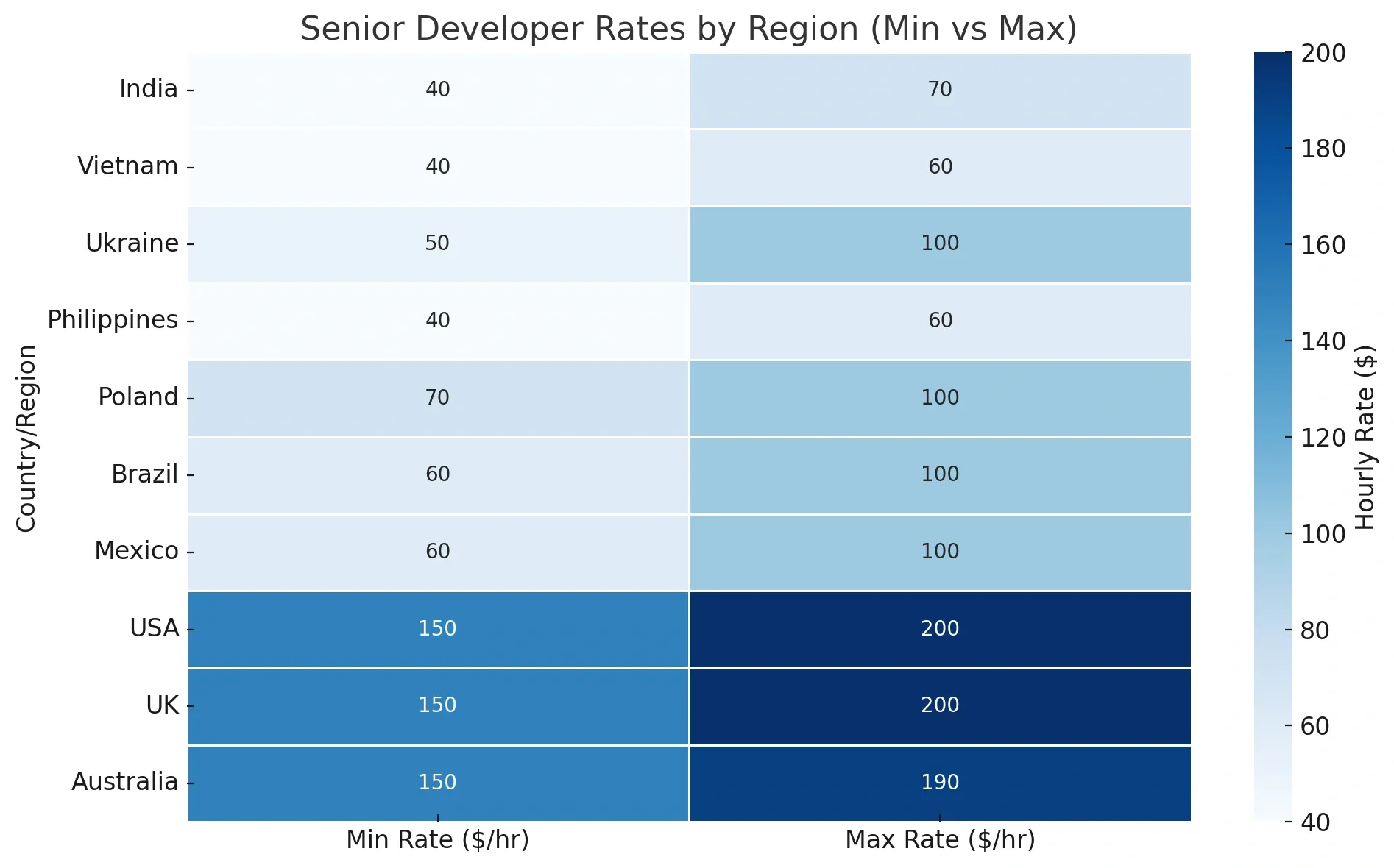
Conversely, developing countries with lower median salaries, like India and Vietnam, offer more cost-effective options for outsourcing.
For example, U.S. developers earn an average of $62.58 per hour, while Indian developers earn approximately $20–$40 per hour, reflecting the disparity in labor costs.
How long does product development outsourcing take?
Product development outsourcing typically takes 4 to 11 months, depending on the project’s complexity, tech stack, and team size. A basic MVP can be completed in 3–4 months, while a feature-rich SaaS or healthcare app with complex integrations may take 9–12 months.
The timeline also depends on how early requirements are finalized and how smoothly communication flows.
Factors Influencing Development Timelines:
1. Project Complexity & Scope
The complexity of the project significantly impacts the development timeline.
Simple applications with basic features can be developed in 4–6 months, whereas complex systems with advanced functionalities.
For instance, apps with live video chat, EHR integrations, or AI modules can take up to 10–12 months. Complexity impacts not only dev time but also QA cycles, infrastructure setup, and documentation.
2. Team Size and Expertise
The composition and expertise of the development team play a Important role in determining the project's duration. Larger teams with experienced developers can parallelize tasks, potentially reducing development time.
Conversely, smaller teams or those with less experience may require additional time to complete the same scope of work.
3. Time Zone Differences and Communication
Effective communication is vital for timely project completion. Time zone differences between the client and the outsourcing team can lead to delays if not managed properly.
Tip: Implementing overlapping working hours and utilizing collaboration tools can mitigate these challenges.
4. Scope Changes and Requirement Volatility
Mid-project changes can add 20–30% more time. Around 52% of projects miss timelines due to shifting requirements.
Best practice: Lock specs in Phase 0 and accommodate new features in post-MVP releases to stay on schedule.
5. Compliance and Integration Requirements
Projects that involve compliance with regulations (e.g., HIPAA, GDPR) or integration with third-party systems may experience longer development times.
These requirements often necessitate additional planning, testing, and validation efforts to ensure proper compliance and integration.
Related development resources:
- How to Create Your Dating App
- How to Make an App Like Uber?
- How to Make an App Like TikTok
- How to make an app like Airbnb
- How to Make an App Like Zomato
FAQs
What should be included in a product outsourcing contract?
A strong outsourcing contract must include scope of work, timelines, payment terms, IP rights, and termination clauses. It should also define data protection protocols, NDAs, and dispute resolution procedures. These terms protect both parties, reduce legal risks, and align expectations across the development lifecycle.
What does a typical outsourcing process look like from start to finish?
The outsourcing process moves from discovery and team onboarding to agile development and final deployment. It begins with requirement gathering, followed by vendor selection and architecture planning. Iterative sprints with QA and regular demos ensure progress, fast feedback, and product-market alignment.
How does outsourcing help speed up product development?
Outsourcing speeds up development by giving immediate access to expert teams and proven workflows. It bypasses slow hiring cycles, leverages reusable components, and avoids internal bandwidth limits. Agile methods and automation further reduce time-to-market, especially for startups launching MVPs quickly.
What timeline should I expect when outsourcing a SaaS product?
Expect 3–4 months for an MVP and 6–12 months for a full SaaS platform. Timelines vary with complexity, team size, and stakeholder input. Agile partners with technical maturity and good communication practices help deliver faster without sacrificing quality or scope.
Is it cheaper to outsource product development than to build in-house?
Yes, outsourcing is often cheaper—saving up to 60% in labor and infrastructure costs. You avoid recruitment, training, and office expenses, and only pay for what you use. Faster development also cuts time-to-market, reducing overhead and lost opportunity costs.
How do I choose the right outsourcing partner for product development?
Choose a partner by reviewing their portfolio, tech skills, communication style, and client reviews. Ensure they offer flexible models (MVP, dedicated teams), match your culture, and follow transparent workflows. Start with a pilot and secure an NDA before sharing details.
How can Tenet’s expertise help in Product Development Outsourcing?
Our product development experts at Tenet simplifies outsourcing with end-to-end product development led by experienced cross-functional teams. Backed by work with Fortune 1000 clients, we handle everything from ideation to launch.
Book a free call with our expert product developers
Book a free call with our expert product developers

Got an idea on your mind?
We’d love to hear about your brand, your visions, current challenges, even if you’re not sure what your next step is.
Let’s talk
